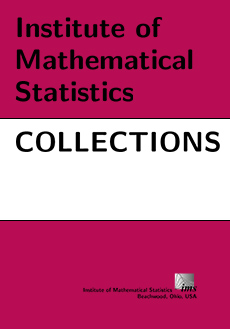Abstract
This paper tries to tell the story of the general linear model, which saw the light of day 200 years ago, and the assumptions underlying it. We distinguish three principal stages (ignoring earlier more isolated instances). The model was first proposed in the context of astronomical and geodesic observations, where the main source of variation was observational error. This was the main use of the model during the 19th century.
In the 1920’s it was developed in a new direction by R.A. Fisher whose principal applications were in agriculture and biology. Finally, beginning in the 1930’s and 40’s it became an important tool for the social sciences. As new areas of applications were added, the assumptions underlying the model tended to become more questionable, and the resulting statistical techniques more prone to misuse.
Information
Digital Object Identifier: 10.1214/193940307000000419


